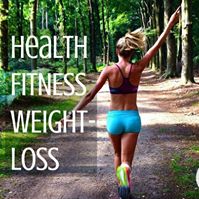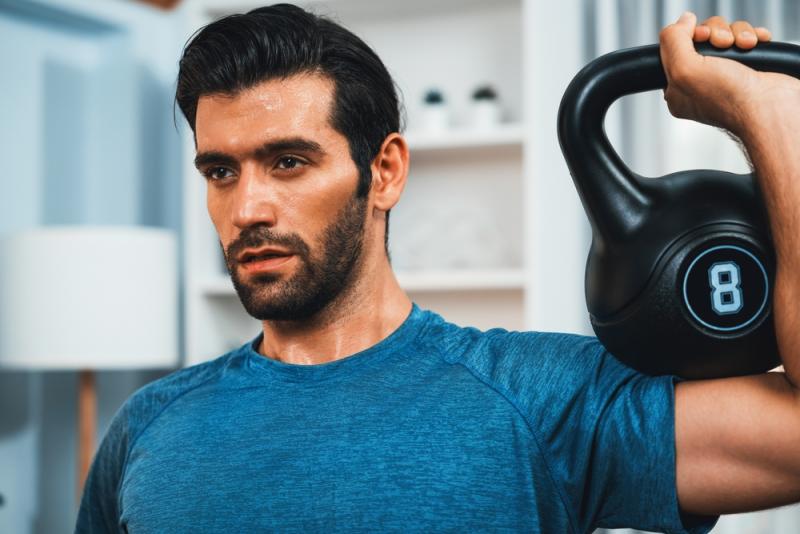These days, there’s no nutrient talked about quite as much as protein. And with that boom in popularity, you’ve probably picked up on a few new creative ways to get enough of it in your diet. But what about for breakfast?
Even if you aren’t exactly Ashton Hall, there’s already so much that’s crammed into the morning that breakfast is often the first task where we cut corners. The meal is often relegated to a cup of coffee or granola bar. According to a 2024 Harris Poll, 15% of Americans don’t eat breakfast at all.
While it’s possible to double up on your protein at lunch and dinner to make up for the lack of it at breakfast, registered dietitians say that, nutritionally speaking, it’s better to spread protein intake throughout the day, including getting a hefty amount at breakfast. It doesn’t have to be hard either. There are plenty of ways to get the protein you need in mere minutes. We spoke to experts about how best to do it.
Why it’s important to get protein in the morning—and how much to aim for
Not only is it crucial to eat breakfast, but according to registered dietitian and exercise physiology expert J.J. Mayo, the meal should be centered around protein. “The word ‘protein’ comes from the Greek word proteo, which means to come first,” he says. “So we’ve known for a long time that protein is the building block the body needs,” he says.
Dr. Mayo points out that we wake up in the morning after not eating or drinking anything for at least eight hours. That means we need something in the tank to fuel the body and mind. Otherwise, he says blood sugar is going to drop, which can lead to low energy and a bad mood.
Getting protein in the morning is important for both weight loss and muscle gain, says Max Deutz, a registered dietitian and the director of sports nutrition education in Colorado State University’s athletics department. According to a 2023 scientific study published in the journal Obesity, eating breakfast was associated with greater weight loss. Dr. Deutz says that this is because eating protein in the morning stabilizes blood sugar levels and provides satiety, reducing the likelihood of overeating later in the day.
If you work out in the morning and your breakfast doubles as your recovery meal, Dr. Deutz says that same protein supports muscle growth. “Protein at breakfast takes on more importance if you are trying to build muscle because you’re trying to optimize that skeletal muscle remodeling,” he says. Protein is the building block of muscle and if you’re strength training, you need more of it to repair the tissue that’s broken down during workouts.
How much protein should you aim to get at breakfast? While exact protein recommendations vary based on a person’s age, health goals, and activity levels, registered dietitian Nicole Feneli—who spearheads the wellness program for FLIK Athletics, a food service division dedicated to fueling professionals across the NFL, MLB, NBA and MLS as well as elite collegiate athletes—says a good goal to aim for is getting 30% of your overall protein at breakfast. “For example, a 150-pound person who is aiming for 1.2 grams per kilogram of protein would need about 82 grams of protein per day or 27 grams per meal,” she says.
How exactly do you accomplish that? The below eight breakfast ideas will help you out.
1. Have dinner for breakfast
Traditional American breakfasts tend to be high in sugar and low in protein (think: pancakes, pastries, and cereal). But there’s no rule against using many foods regulated to dinner in your morning meal, and Dr. Mayo says it’s a great hack for meeting your protein goals. “A tofu bowl with quinoa, avocado, and salsa is a delicious savory protein-rich breakfast,” he says, giving one example.
Chicken, salmon, and beans are three other protein-rich foods Dr. Mayo says are underutilized at breakfast. Especially if you have canned beans on hand, they can make for a good breakfast burrito or you can spread white beans on toast for a protein-rich alternative to avocado toast. As for chicken, think of it as a healthier alternative to sausage, which is higher in saturated fat. It can also be added to a savory oatmeal, with chicken broth, ginger, mushrooms, and kale. Salmon can be paired with eggs, used in a breakfast bowl, or eaten on toast topped with capers and dill.
2. Crack some eggs
Eggs are a breakfast staple for a reason; they’re versatile, quick to cook, and chock-full of nutrients. “One whole large egg has 6 to 7 grams of protein while one large egg white has 3 to 4 grams of protein, and most adults eat two to three eggs for breakfast,” Feneli says.
But she adds that for most people, two to three eggs isn’t enough protein to reach that 30% of the day’s overall protein goal. For that reason, she recommends pairing your eggs with nut butter on toast or adding cottage cheese or dairy to your eggs to up the protein.
3. Eat more plants
All three dietitians recommend incorporating plant-based protein sources into breakfasts. They cook faster than most animal-based proteins and tend to be pretty versatile. Some ideas they shared: a tofu scramble with veggies, overnight oats made with chia seeds and nut butter, and a breakfast taco with black beans and avocado.
4. Find new ways to use protein powder
Feneli suggests thinking outside the blender for ways to integrate protein into your breakfast. While she recommends prioritizing whole food protein sources first, she says protein powder can be a great supplement to have in addition. “Protein powder can be added to pancake mix, oatmeal, and yogurt parfaits,” she says, giving some ideas for how to use it.
When picking a protein powder, Feneli says that whey is a good choice because it contains all the essential amino acids the body needs. “Whey is an animal-based protein, so vegetarians and vegans should opt for a plant-based protein like soy or pea protein,” she says, adding to make sure to check out the ingredient list and limit added sugar.
5. Go with the grain
One protein-rich food that often goes under the breakfast radar is quinoa, says Dr. Mayo. One cup contains 8 grams of protein and 5 grams of fiber. “Quinoa is a great alternative to grits,” Feneli says.
Oats have a decent amount of protein too, with 10 grams per cup. Dr. Deutz suggests making them with milk or soy milk, adding in some chia seeds, flax seeds, nuts or nut butter and you have a solid high-protein breakfast.
6. Add in Greek yogurt and cottage cheese
One serving of Greek yogurt has 17 grams of protein, which is a pretty significant drop in the bucket. A serving of cottage cheese clocks in at 11 grams of protein, also decent. Feneli says that some of her favorite ways to use Greek yogurt are adding it to pancake, waffle, or muffin mixes, using it in place of sour cream to top off breakfast burritos, blending it into smoothies, and using it in chia pudding or overnight oats. Dr. Mayo says that cottage cheese works great in smoothies too. Neither protein source requires any prep time or cooking whatsoever. Just look out for an excessive amount of added sugars.
7. Go nuts (but not too nuts)
Are nuts considered a fat or a protein? That is the eternal question. While nuts and nut butter do contain a good amount of protein, Dr. Deutz considers them more of a fat. They’re also high in calories, so he says you don’t want to make them your primary protein source unless you’re trying to gain weight. But he says that nuts and seeds can make great secondary protein sources at breakfast, such as adding them to overnight oats or a Greek yogurt parfait.
8. Plan ahead
As with most health goals, getting enough protein (including at breakfast) takes planning. “A lot of time is given to meals later in the day, and breakfast is often a fly-by-the-seat-of-your-pants meal. Spending a little time meal prepping your breakfast will help ensure you meet your protein needs,” Feneli says. She adds that this can look like pre-cooking hard-boiled eggs, baking egg cups, pre-portioning parfaits, and making protein overnight oats. Or it can simply be figuring out what you’re going to eat the next morning and making sure you have the ingredients ready. The key is having a plan.
By having a protein-rich breakfast, you’ll think more clearly, have more energy, and be in a better mood. That’s a pretty solid way to start the day.



